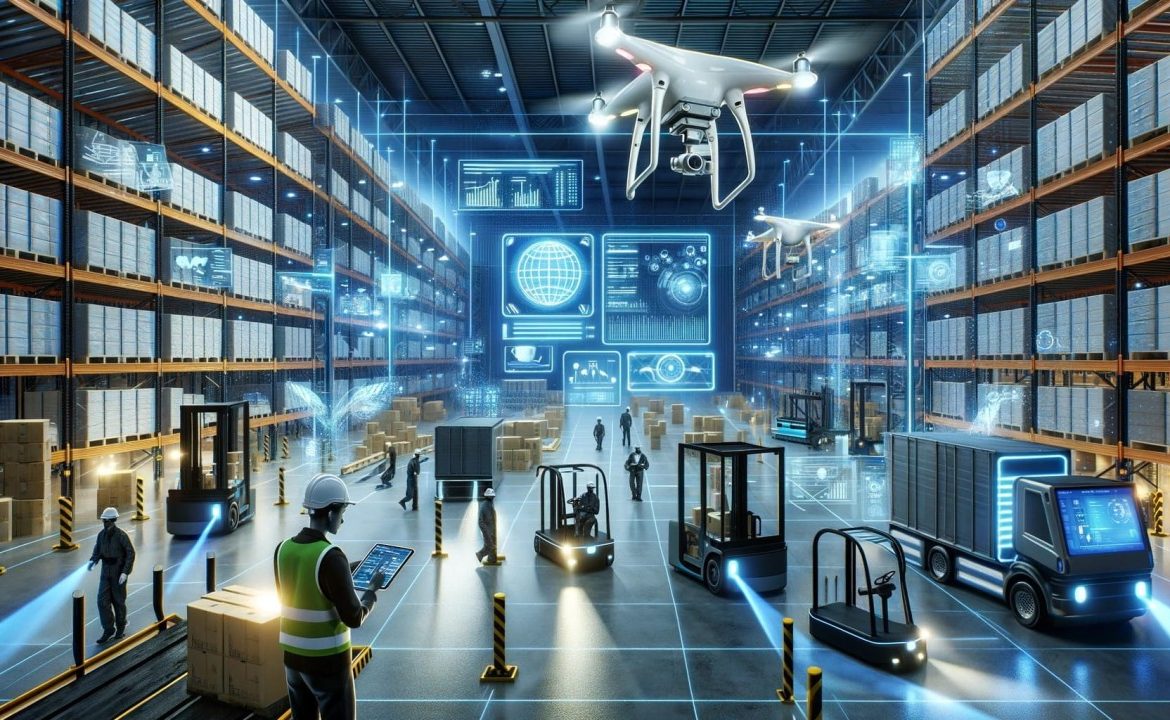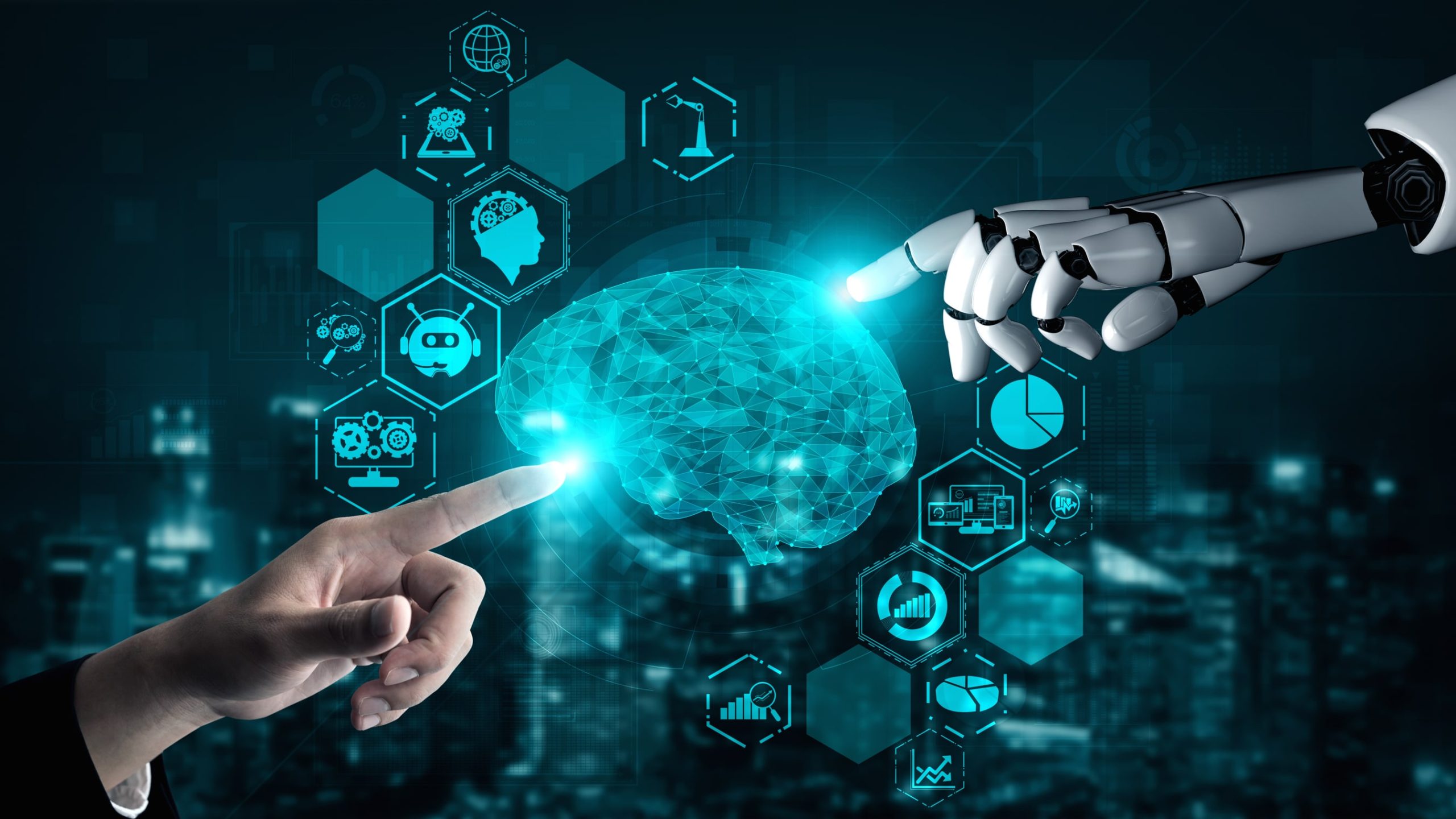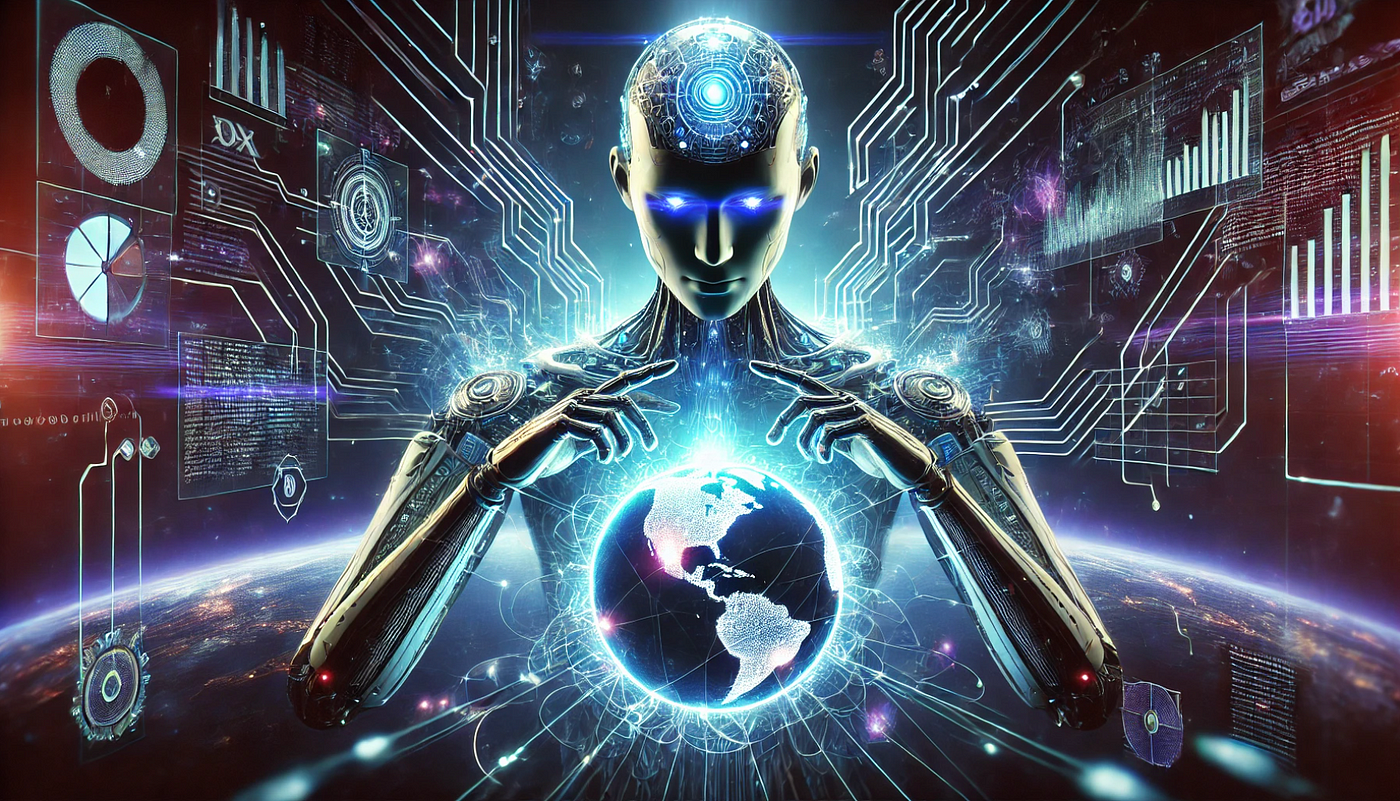Artificial Intelligence (AI) is rapidly reshaping industries and transforming how we work. While AI-driven job automation presents opportunities for growth and efficiency, it also brings a wave of misconceptions that fuel fear and misunderstanding. Debunking these myths is essential to embracing AI responsibly and preparing for the future of work.
What Is AI and Job Automation?
AI and automation refer to the use of intelligent systems and software to perform tasks that traditionally required human effort. From customer service chatbots to robotics in manufacturing, automation is streamlining workflows, increasing productivity, and transforming job roles across sectors.
Common Myths About AI and Job Automation
Myth 1: AI Will Replace All Human Jobs
Reality: While AI may automate certain repetitive or dangerous tasks, it doesn’t mean human workers will become obsolete. Instead, AI is expected to augment human capabilities and create new roles—particularly in areas that require emotional intelligence, creativity, and complex decision-making.
Myth 2: Only Low-Skill Jobs Are at Risk
Reality: Automation impacts both low-skill and high-skill jobs, but in different ways. Routine tasks—like data entry or manufacturing line operations—are more likely to be automated. However, even professionals like doctors, lawyers, and marketers are adopting AI tools to assist (not replace) their decision-making and analysis.
Myth 3: AI Thinks Like Humans
Reality: AI systems mimic certain aspects of human cognition, but they do not “think” or “understand” like humans. They process data and follow patterns without consciousness, intuition, or emotion. Misunderstanding this leads to unrealistic fears about AI autonomy.
Myth 4: Job Automation Happens Overnight
Reality: AI adoption is a gradual process. Businesses need time, resources, training, and integration strategies before AI tools can be fully deployed. This slower pace gives workers time to adapt, learn new skills, and shift to more strategic or creative roles.
Myth 5: Reskilling Is Impossible or Ineffective
Reality: One of the most powerful tools against job displacement is reskilling and upskilling. AI creates demand for new skill sets—such as data analysis, AI system management, and ethical oversight—offering workers new career paths and opportunities.
Myth 6: AI Will Lead to Mass Unemployment
Reality: History shows that technological revolutions—from the industrial age to the digital era—have shifted jobs rather than eliminated them entirely. Similarly, AI is expected to change the nature of work, not erase it. The focus will shift to more value-driven, human-centric roles.
Responsible Integration of AI in the Workforce
To ensure a smooth transition into an AI-augmented future:
- Invest in Education and Training
Empower workers with skills for emerging technologies. - Promote Human-AI Collaboration
Focus on roles where humans and AI can work together effectively. - Encourage Ethical Use of AI
Build systems that are fair, transparent, and aligned with human values.
Conclusion
AI and job automation are transforming the workplace, but much of the fear surrounding them stems from myths and misconceptions. By understanding the true impact of AI—and focusing on adaptability, education, and ethical implementation—we can shape a future where technology enhances rather than threatens human potential.







Leave feedback about this